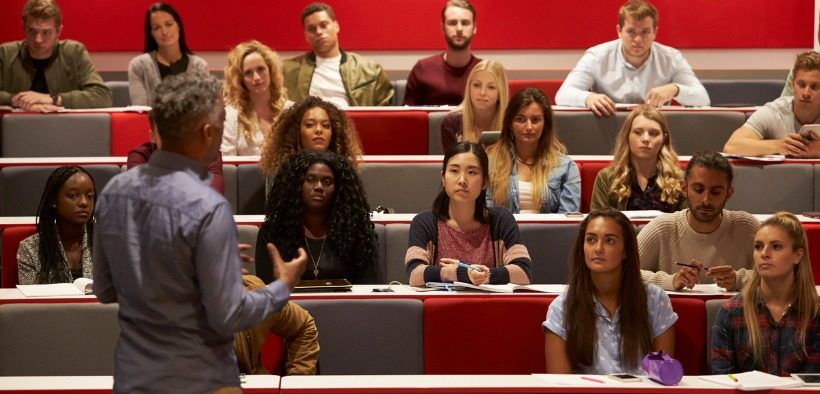Good teaching requires a special blend of the personal and the professional. Although there’s a fine line between revealing a piece of oneself to build rapport and sharing too much information, sharing past experiences—telling personal stories —is completely justified when it furthers learning and fosters a positive and engaging environment in the course.
Let Me Tell You a Story: Enhancing Teaching and Learning through Personal Stories

Related Articles
I have two loves: teaching and learning. Although I love them for different reasons, I’ve been passionate about...
Active learning is a mostly meaningless educational buzzword. It’s a feel-good, intuitively popular term that indicates concern for...
Perhaps the earliest introduction a student has with a course is the syllabus as it’s generally the first...
Generative AI allows instructors to create interactive, self-directed review activities for their courses. The beauty of these activities...
I’ve often felt that a teacher’s life is suspended, Janus-like, between past experiences and future hopes; it’s only...
I teach first-year writing at a small liberal arts college, and on the first day of class, I...
Proponents of rubrics champion them as a means of ensuring consistency in grading, not only between students within...







